-
1 of 253523 objects
Divan-i Hafiz دیوان حافظ (The collected works of Hafiz) c. 1600
Manuscript written in on gold flecked paper set into plain paper margins; illuminated opening with heading, marginal and interlinear ornament in opaque watercolour including metallic paints and gold leaf with decorative incising. | 20.7 x 11.7 cm (book measurement (conservation)) | RCIN 1005018
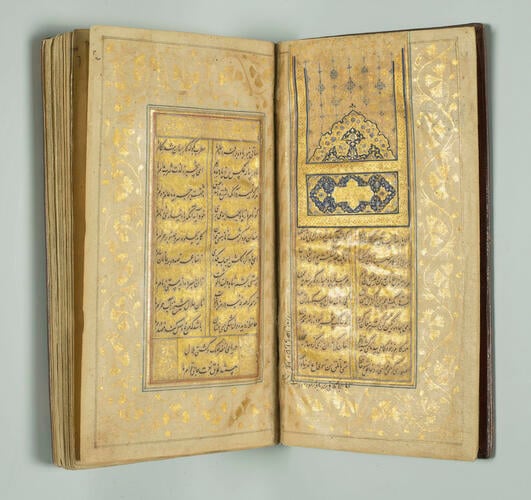
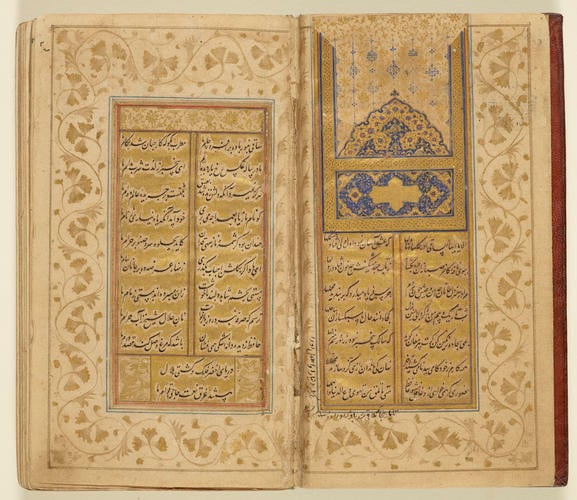
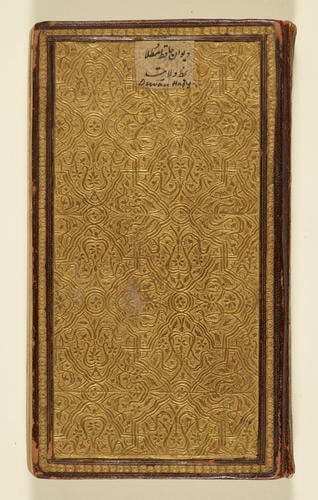
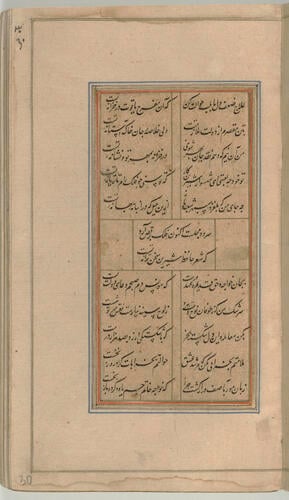
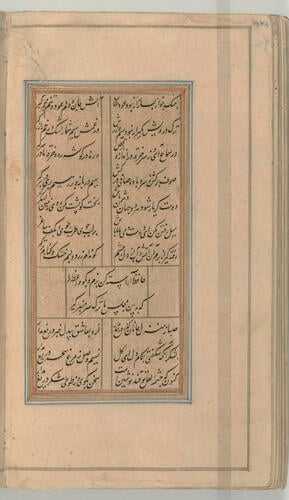
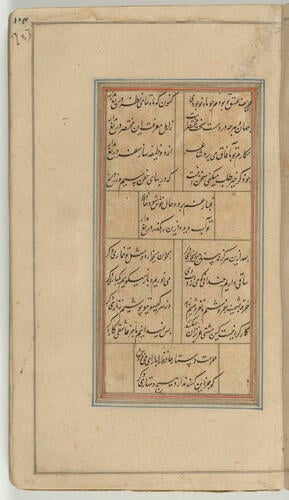
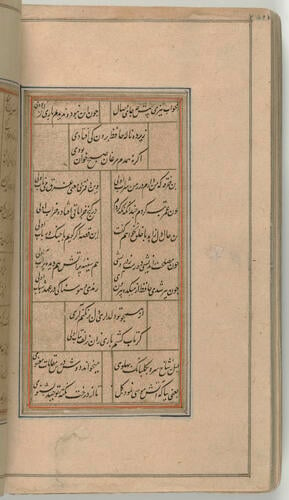
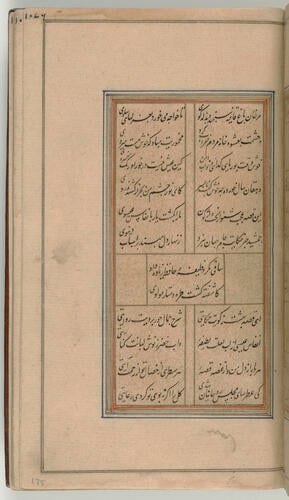
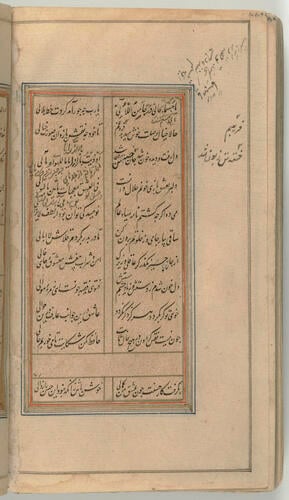
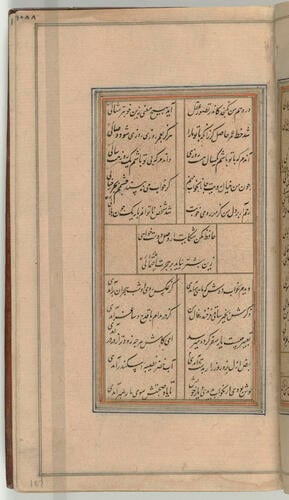
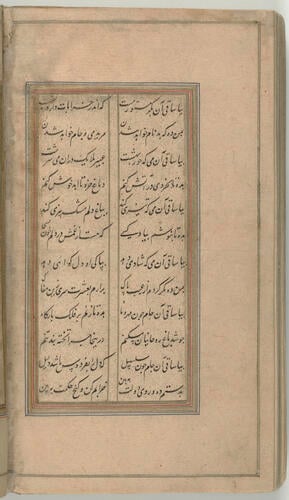
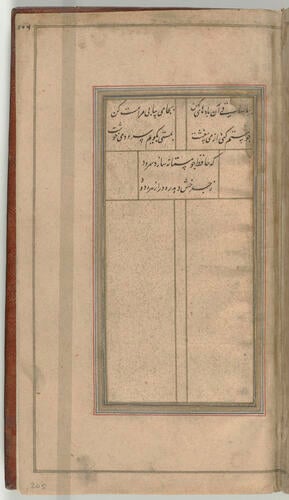
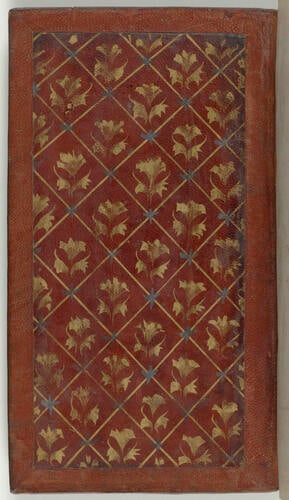
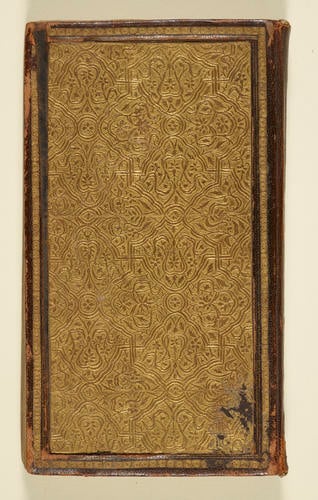
-
An illuminated Persian manuscript of the collected works of Hafiz, c. 1600.
Hafiz is the best-known Persian classical poet, most famous for his ghazals (short lyric poems) on the themes of love. Like sonnets, these were intended to be sung or at least recited with heavy intonation. The main subject of Hafiz’s poems is love, primarily the unrequited love of a young male as a metaphor for the path to divine love. Reflections on morality, hypocrisy and the transience of life appear throughout his Divan, often expressed through a celebration of wine and intoxication.
The first ghazal in the Divan famously begins ‘Cupbearer, pass a goblet round and fill it up / for love at first seemed easy, but [then] came the problems.’
Hafiz’s Divan was widely used throughout the Persian-speaking world for bibliomancy (a form of divination, known in Persian as fal), a practice that continues to this day.
The calligrapher of this manuscript is unknown but it was probably written in India c.1600. The opening pages are decorated with an illuminated headpiece, heavy washes of gold pigment surrounding the calligraphy and a scrolling design in gold on the borders. On the left-hand page, small pairs of birds are painted on either side of the final verse, a distinctive motif found in many early seventeenth-century Mughal manuscripts.
The original flyleaves are missing but one Indian seal impression on f.1r dates to 1764-5. The manuscript was re-bound in the late 18th century in a gilt stamped morocco binding.Provenance
Thought to have been presented to George IV c. 1820-30.
-
Creator(s)
(author)(nationality) -
Medium and techniques
Manuscript written in on gold flecked paper set into plain paper margins; illuminated opening with heading, marginal and interlinear ornament in opaque watercolour including metallic paints and gold leaf with decorative incising.
Measurements
20.7 x 11.7 cm (book measurement (conservation))
Category